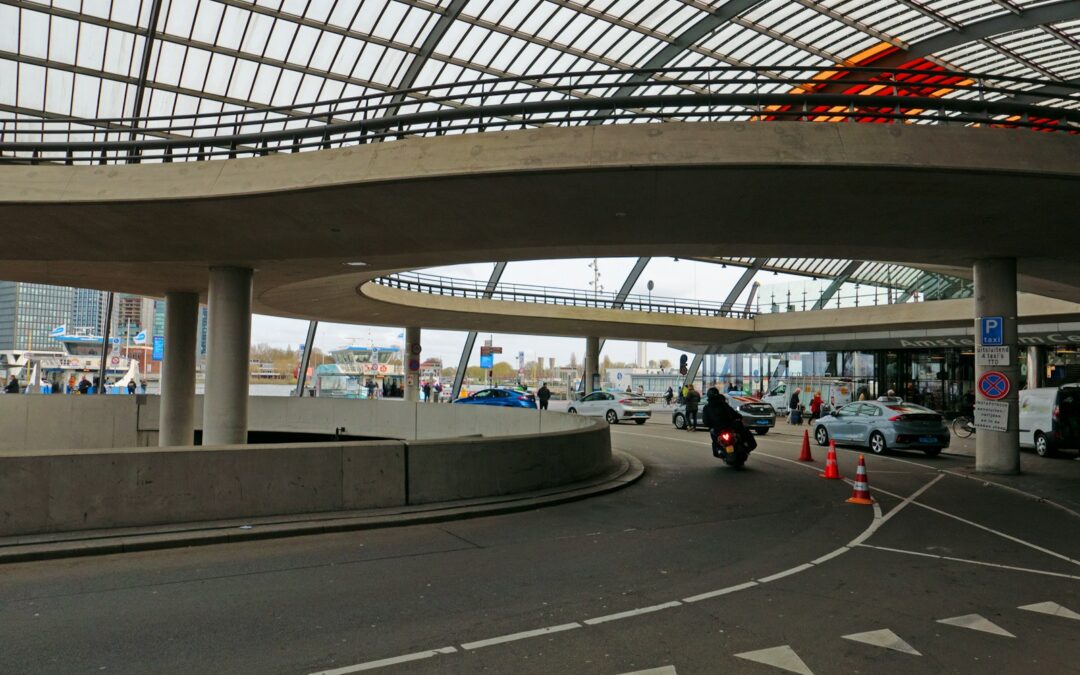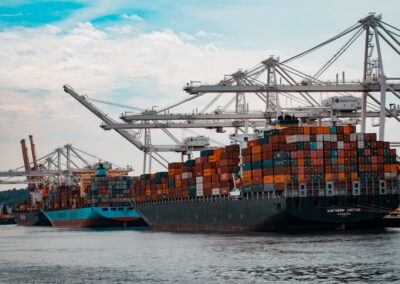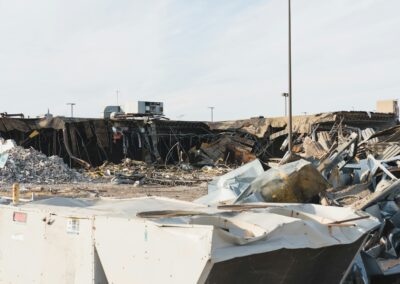Building a Future with Resilient and Adaptive Infrastructure
The Importance of Resilient Infrastructure
The incorporation of resilient and adaptive infrastructure designs has become a crucial element in modern urban planning, especially in rapidly developing regions like Saudi Arabia and the UAE. These countries, with their visionary projects in cities such as Riyadh and Dubai, have recognized that reducing vulnerability to disasters and enhancing recovery capabilities are essential for sustainable development. Resilient infrastructure is designed to withstand and recover from adverse events, ensuring continuity and minimizing disruption.
In Riyadh, the government has invested heavily in building infrastructure that can endure extreme weather conditions, seismic activities, and other natural disasters. This proactive approach not only safeguards the population but also ensures that economic activities can quickly resume after any disruption. Similarly, Dubai’s cutting-edge infrastructure projects are a testament to the city’s commitment to resilience. The city’s infrastructure includes advanced stormwater management systems and robust building codes that enhance its ability to cope with and recover from natural and man-made disasters.
Business executives and entrepreneurs in these regions must understand the importance of investing in resilient infrastructure. It is not just about mitigating risks; it is about ensuring long-term business success and stability. By adopting resilient designs, businesses can protect their assets, employees, and operations, thereby enhancing their overall competitiveness and sustainability in the market.
Adaptive Infrastructure: The Key to Future-Proofing
Adaptive infrastructure goes a step further by incorporating flexibility and scalability into its design. This allows infrastructure to evolve and adapt to changing conditions and emerging threats. The UAE has been a pioneer in this area, with cities like Dubai leading the way in implementing adaptive infrastructure solutions. From smart grids to adaptive transportation systems, these innovations ensure that the city can swiftly respond to and recover from disruptions.
Incorporating adaptive infrastructure is crucial for business leaders aiming to future-proof their operations. Adaptive systems can integrate new technologies such as AI and blockchain, enhancing their efficiency and resilience. For instance, AI can predict maintenance needs and optimize resource allocation, while blockchain can secure data integrity and streamline transactions during crises. These technologies work together to create a robust and responsive infrastructure that can withstand and recover from various challenges.
Leaders in Saudi Arabia and the UAE must prioritize adaptive infrastructure in their strategic planning. By doing so, they can ensure that their cities and businesses are prepared for any eventuality. This forward-thinking approach not only protects investments but also fosters a culture of innovation and resilience, which is essential for long-term success in a rapidly changing world.
Strategic Leadership and Management for Resilient Infrastructure
Leadership in Infrastructure Development
Effective leadership is paramount in the development and implementation of resilient and adaptive infrastructure designs. Leaders must possess a clear vision and the ability to inspire their teams to embrace innovative solutions. In the UAE and Saudi Arabia, government leaders have demonstrated remarkable foresight in prioritizing resilient infrastructure, setting a strong example for the private sector to follow.
For business executives and mid-level managers, the ability to lead infrastructure projects requires a deep understanding of both the technical aspects and the strategic implications. This involves not only overseeing the design and construction phases but also ensuring that these projects align with broader organizational goals and regulatory requirements. Successful leaders in this field are those who can navigate the complexities of infrastructure development while maintaining a focus on resilience and adaptability.
Moreover, leadership in this context also means fostering collaboration across various sectors. Public-private partnerships are essential in bringing together the expertise, resources, and innovation needed to develop robust infrastructure. By working together, government agencies, private companies, and research institutions can create comprehensive solutions that enhance the resilience and adaptability of urban environments.
Project Management for Resilient and Adaptive Infrastructure
Project management plays a critical role in the successful execution of resilient and adaptive infrastructure projects. Effective project managers must be adept at handling the unique challenges that come with these projects, such as coordinating multidisciplinary teams, managing complex timelines, and ensuring compliance with stringent standards and regulations.
In cities like Riyadh and Dubai, project managers are at the forefront of implementing some of the world’s most ambitious infrastructure projects. They must be equipped with the skills to manage the entire project lifecycle, from initial planning and design to construction and maintenance. This involves not only technical proficiency but also strong leadership and communication skills to align all stakeholders towards a common goal.
Furthermore, project managers must leverage modern technologies to enhance project outcomes. Tools like Building Information Modeling (BIM) and Geographic Information Systems (GIS) can provide invaluable insights into project planning and execution, ensuring that infrastructure is built to be resilient and adaptive. By integrating these technologies into their workflows, project managers can deliver projects that are not only on time and within budget but also capable of withstanding future challenges.
Conclusion: The Future of Resilient and Adaptive Infrastructure
The incorporation of resilient and adaptive infrastructure designs is crucial for the sustainable development of urban environments. In regions like Saudi Arabia and the UAE, where rapid development and unique challenges are the norms, investing in resilient and adaptive infrastructure is essential. By doing so, these regions can protect their populations, ensure business continuity, and maintain their competitive edge on the global stage.
For business executives, mid-level managers, and entrepreneurs, understanding and implementing these concepts is key to long-term success. By prioritizing resilient and adaptive infrastructure, they can safeguard their investments and create a more stable and prosperous future. This requires strategic leadership, effective project management, and a commitment to continuous innovation and improvement.
As the world continues to face new and evolving challenges, the importance of resilient and adaptive infrastructure cannot be overstated. By embracing these principles, leaders in Saudi Arabia, the UAE, and beyond can build a future that is not only resilient to disasters but also capable of thriving in the face of adversity.
—
#ResilientInfrastructure #AdaptiveInfrastructure #DisasterRecovery #ModernTechnology #BusinessSuccess #LeadershipSkills #UAE #SaudiArabia #Dubai #Riyadh #AI #Blockchain #Metaverse #GenerativeAI























